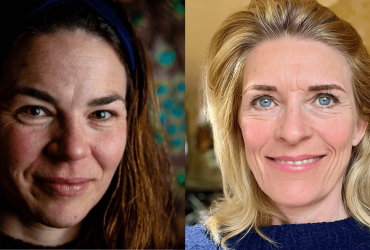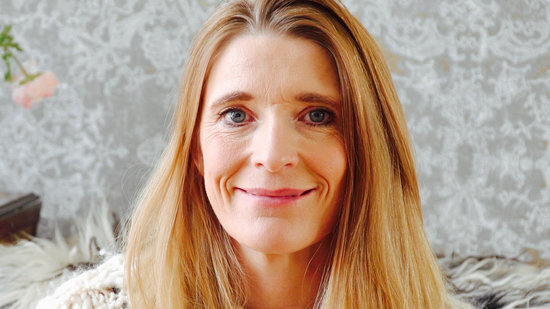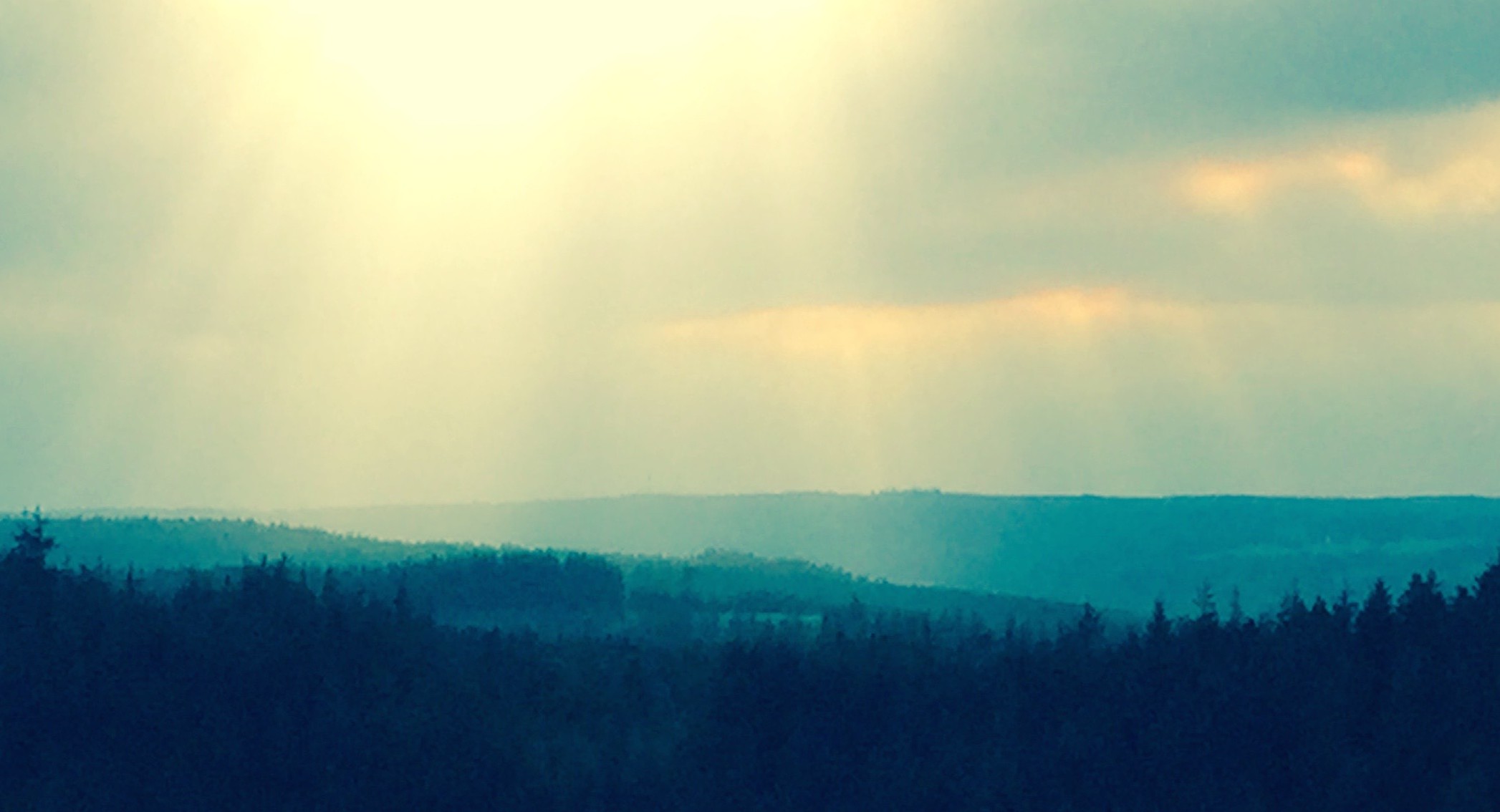
Lærke Egefjord Mette Bahnsen
INTRODUCTION
WHO WILL BE TEACHING?
LÆRKE EGEFJORD
My name is Lærke, I am 40 years old and I work in Denmark as a medical doctor and a watercolor artist. My professional focus is how to use creative processes as a way to relax your mind, reflect and reduce stress symptoms. It is well known that working with your hands is an effective way to get your nervous system to relax, the heart beat to calm down and the blood pressure to drop. In my teaching I use different creative exercises as an entrance to experience the feeling of flow. Focus is always on the process, not the result. Painting and working with collage are ways to express yourself in a non-verbal way, and working with your personal creativity in terms of collage work, finger painting and watercolor painting can provide new insights and reflections.
METTE BAHNSEN
My name is Mette, I’m 50 years old. I too live in Denmark, where I produce documentaries about mental health and also teach mindfulness. I will be introducing the concept of mindfulness and guide the mindfulness exercises in this course. Lærke and I have developed this course because we find it very fruitful to combine the two approaches – creativity and mindfulness – not only for stress-reduction but also as a way to work with acceptance and give expression to changes people have experienced in their lives. In this version of the course we have focused on the main-senses: touch, smell / taste, hearing and vision. The last session is about opening up to all the senses and flow. Senses like balance, proprioception and pain are something we touch upon in the mindfulness-exercises when, for instance, we practise yoga or do body scans.
WHAT DO YOU NEED TO KNOW?
These videos and audios were prepared as part of a larger research project aimed at understanding people’s sensory experiences after a TBI. We hope that you might use them as a starting point from which to expand and express the range of sensory transformations you have experienced as a result of your TBI. For example, what do particular sounds feel like to you? What do heachaches look like? How would you express, creatively, what you feel in your body? We hope that these sessions will inspire you to give free rein to your creativity.
Each session consists of 4-5 videos/audio files. We both start with a short introduction before the practice. Some sessions have both yoga and meditation and some only meditation. Each session, including all the videos and audios, are about 1 hour long, although session 3 is 15 minutes longer, and session 5 lasts for only 45 minutes. The creative exercises we present here use different senses as the starting point for each exercise. So, for example, under taste/smell, we paint with spices that actually have a taste and a smell.
We suggest that you follow the course by watching one session a week. Choose for instance Mondays. Following each session, we encourage and invite you to practice the mindfulness exercise and creative exercises during the week before moving on to the next session. For instance, between session 1 and 2 practise body scans 2-6 times and make more finger-paintings with a focus on the sense of TOUCH.
PRACTICAL INFORMATION
For the creative work in the sessions you will need:
- Acrylic paint (session 1)
- Spices (session 2)
- Watercolor paper (session 1, 2, 3, 4)
- Brushes (session 2, 3, 4)
- Watercolors (session 3, 4)
- Glue stick (session 5)
- Carton (Size 11.7 x 16.5 in.) (session 5)
- Old magazines (session 5)
- Cup with water (all sessions)
For the mindfulness practice you will need:
- a yoga mat or a blanket to lie on
- a long pillow or a blanket that you roll up for the long yoga-program (session 3)
- a chair or a cushion to sit on while meditating
- maybe a blanket to cover yourself if you feel cold during yoga or body scan
PLEASE PAY ATTENTION TO THE FOLLOWING
The creative exercise is not an obligatory assignment that you must force yourself to do. Rather, it is just an idea for a creative activity. The intention with the creative exercises is to experience the feeling of being in a creative process and state of mind. Sometimes that is easier if you get a specific assignment.
Since many people with a TBI experience hypersensitivity to light it is important to take good care of yourself in the exercise by taking the breaks you need before, during and after the exercise. Finally, all exercises focus on the subjective, sensory experience each of us has.
If during yoga, body scan or meditation you feel any discomfort, you should stop the exercise. Also remember to be careful if you have injuries. Respect your limits.
WHEN YOU ARE READY – HOW DO YOU START?
When you have what you need for this course you can simply start by clicking on session 1: TOUCH and start video 1 and after that video 2… and so on.
We sincerely hope that you will enjoy this course
All the best,
Lærke & Mette

